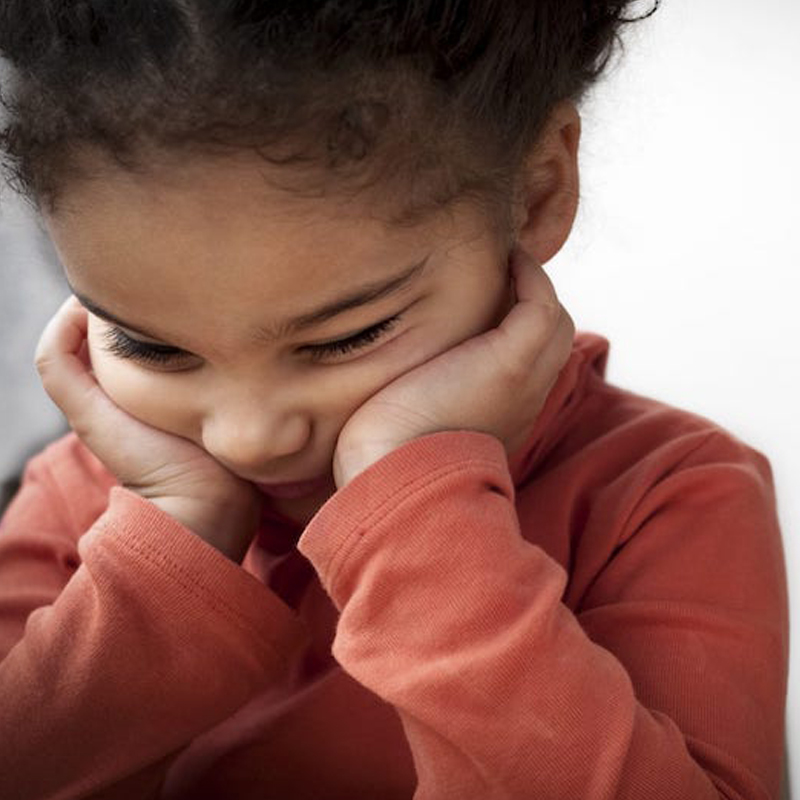How To More Safely Celebrate The Holidays This Year

October 26, 2020
Updated: 12/23/21
It might not feel like the holidays to you unless all of your closest relatives are gathered around your dining room table. As the Omicron variant sweeps the nation, there are tips and considerations to take when it comes to celebrating safely.
Traditional holiday celebrations – with everyone kissing hello, enjoying appetizers from shared plates and crowding around the TV to watch the game before a buffet dinner – are likely to encourage the spread of COVID-19.
You can still have meaningful celebrations this year, even if you modify your usual plans. During Thanksgiving, Christmas, Hanukkah or Kwanzaa, honor precaution over tradition to keep your loved ones safe, especially if some of your usual guests are older or have underlying health conditions.
How to protect yourself from COVID
The Centers for Disease Control and Prevention (CDC) says the best ways to protect yourself and slow the spread are:
- Get the COVID vaccine
- Wear a mask
- Keep a safe, six foot distance from those who do not live with you
- Wash your hands often
- Test for COVID when necessary
- Avoid crowds and poorly ventilated indoor gatherings
How to understand your risk
If you are planning on gathering with people outside of your household for the holidays, you should consider:
- Community levels of COVID-19
- Exposure during travel
- Location of gathering
- Duration of gathering
- Number and crowding of people at gathering
- Behaviors of people prior to gathering
- Behaviors of people during gathering
You should consider all these factors, as well as your own family’s medical history and risk tolerance before committing to any gatherings this holiday season.
Who should not attend holiday gatherings
Do not host or participate in any gatherings if you or anyone in your home:
- Has tested positive for COVID-19 and has not completed self-isolation.
- Has symptoms of COVID-19
- Has taken a COVID-19 test and is awaiting results
- May have been exposed to someone with COVID-19 within the last 14 days
- Is at increased risk for severe illness from COVID-19
How to safely host a holiday gathering
Keep celebrations small. Limit your guest list to people in your household and your COVID bubble.
If you want to invite other people, see if everyone will agree to testing beforehand, to limit the spread of COVID-19.
Anyone who is sick, has been in close contact with someone who has tested positive for COVID-19 or is awaiting the results of a COVID-19 test should stay home.
Inviting guests from other households to an indoor meal is a higher-risk activity. To lower the risk of spreading COVID-19 at a gathering with people from different households:
- keep the guest list short, ideally all fully vaccinated
- skip hugs, kisses and handshakes
- have everyone wear masks when they aren’t eating
- keep people from separate households 6 feet apart
- keep your windows open to increase air circulation
- have everyone wash hands often
- put paper towels near your sinks, so people don’t dry their hands on a shared towel
- stagger seating to keep separate households 6 feet apart during dinner
- consider an alcohol-free event, since drinking lowers inhibitions
How to safely attend a holiday gathering
If you’re attending an indoor holiday gathering at someone else’s home:
- avoid greeting anyone with physical contact (hugs, kisses, etc.)
- wear a mask, except when you’re eating
- wash your hands often
- stay 6 feet apart from people in other households at all times, even at mealtime
- don’t drink alcohol, so that you’ll have the right mindset to make safe decisions about COVID-19
How to enjoy the holidays together when you can’t be together
Deciding to stay home to slow the spread of COVID-19 doesn’t mean that you can’t see your loved ones; schedule a video call for the holiday. Try these ideas to make it festive:
- have everyone place their laptops on the table, so that you can talk while eating a holiday meal
- share recipes ahead of time, so everyone can eat the same food in different places
- honor your usual traditions if you can, like having each person say what they’re thankful for
- connect your laptop to the TV and dine on the couch to get a larger view of everyone
Next Steps & Resources:
- Meet our source: Cristina Cicogna, M.D.
- To make an appointment with Dr. Cicogna, or a doctor near you, call 800-822-8905 or visit our website.
- Centers for Disease Control and Prevention Holiday Guidelines
The material provided through HealthU is intended to be used as general information only and should not replace the advice of your physician. Always consult your physician for individual care.
Find a doctor near me
Should We Worry About the Omicron Variant?

Understand the Omicron variant. Dr. Lahita explains risks & prevention. Get vaccinated & boosted for protection. Call 800-822-8905.
How to Celebrate Safely This Holiday Season

Celebrate the holidays safely! Dr. Cicogna offers tips for safer gatherings and travel. Learn how to protect your family this season. Call 800-822-8905.
Find a doctor near me

6 COVID-Friendly Party Snacks
Enjoy COVID-friendly party snacks this year! Learn safe ways to celebrate & protect yourself and guests. Get your COVID-19 vaccine now.

Can Babies Get COVID-19?
Protect your baby from COVID-19. Learn about symptoms, vaccines, and when to seek medical care. Dr. Riollano Cruz offers expert advice. Call 800-822-8905.

5 New Year's Resolutions for a Healthier You
Achieve a healthier you this year! Discover 5 easy resolutions for a happier life. Call 800-822-8905 to schedule an appointment.

What Makes a Child Tic?
Understand child tics? Dr. Khrizman explains causes, management, and when to seek help. Learn more and find support.
